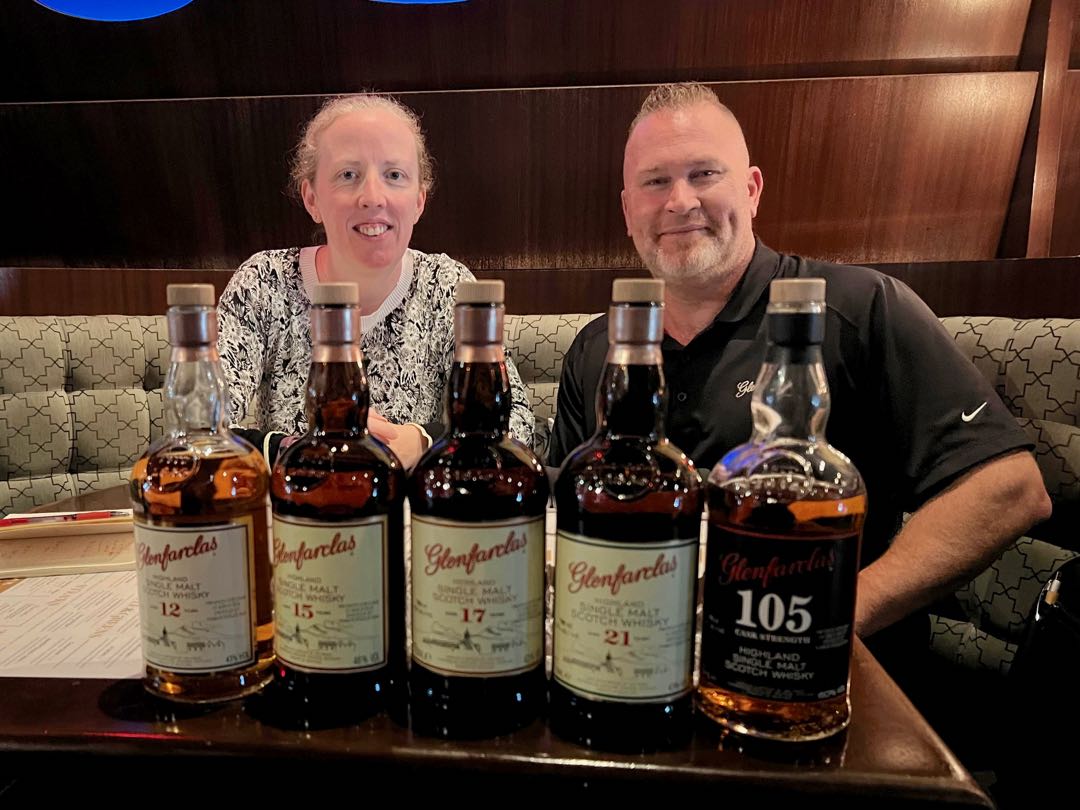What makes whiskey, in this case, Scotch, so darn interesting is that the story is almost as good as good as the drink. (Note: Almost).
Deborah Stewart, an international sales executive with the Glenfarclas distillery, was in Edmonton to appear at a couple of tasting sessions and to do some ambassador work. Glenfarclas is a Speyside distillery that just celebrated its 175th anniversary of legally producing Scotch, even though its history goes back a little more than that. In the late 18th century, it was part of a group of distillers that illegally made whiskey. But the distillers that all operated illegally in the hilly Speyside area back then would look out for each other, meaning it was literally impossible for the authorities to sneak up on anyone and catch them in the act of making the good stuff.
Luckily, we’re all a little more progressive now, and Glenfarclas, though it’s been around for so, so, long, is still a name that’s new to a lot of Canadian drinkers. We met at Lux Steakhouse and Bar and Bar 94 downtown, and I was given the chance to the 12-, 15-, 17- and 21-year-old Scotches, plus the special 105 proof, a powerful 60-per-cent-alcohol that does a lot on the palate on one time. It’s like a whiskey with everything on it. The 17- and 21-year-old whiskies both have mellow entries, with flavours and warmth that open up after a few sips. The 15-year-old has a filling sweetness and warmth, that I think would make for a great winter sipper, or might just be the thing to do with a few bricks of dark chocolate. (If you haven’t tried dark chocolate with Scotch yet, you really should. They were made for each other.)
But, for a Scotch maker, there’s the need to do things like they were done decades, even centuries ago. But there’s the case to update what you’re doing with technology, to make production easier. Stewart said that, at Glenfarclas, it’s a balance. The Grant family has owned the distillery since 1865, and current patriarch John Grant is known for his aversion to things that are… modern.
